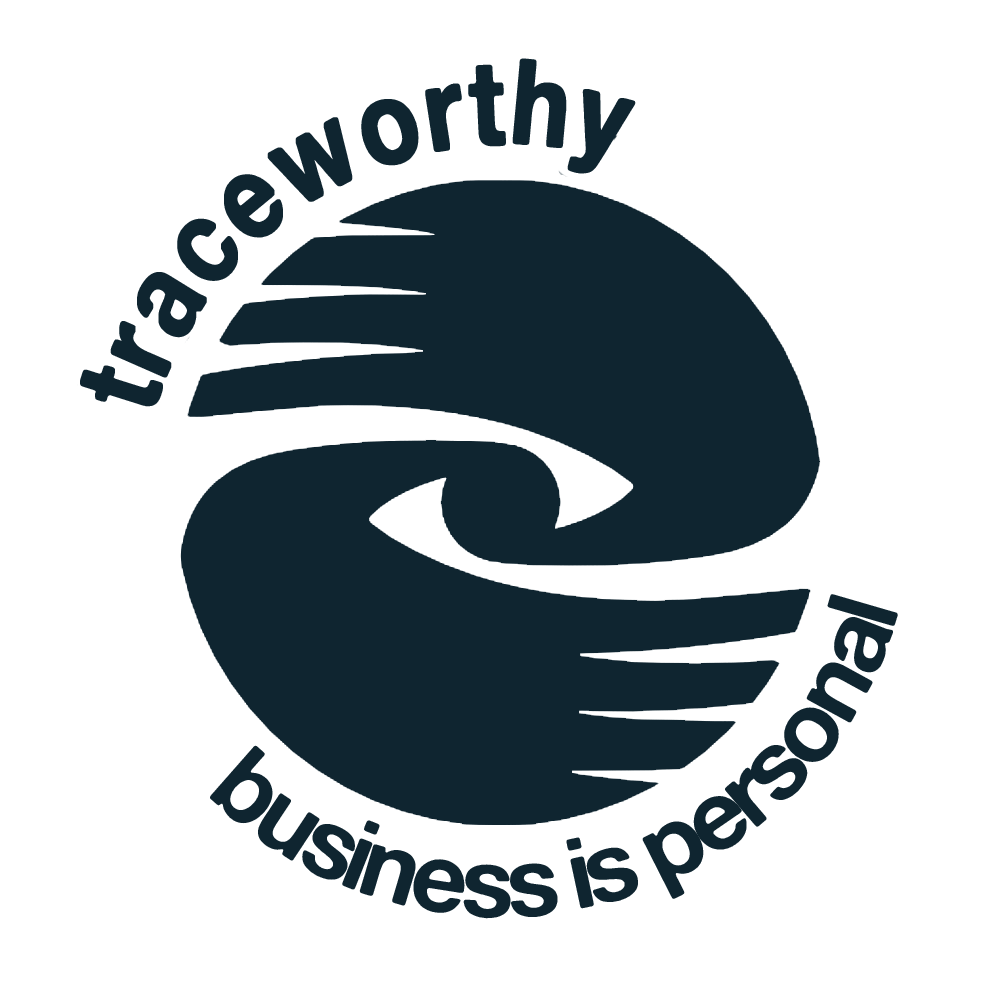In negotiation rooms, project planning sessions, board meetings, and investment pitches, speed is often celebrated. A team that moves quickly, reaches agreement with minimal resistance, and pushes forward with collective energy is seen as decisive. Momentum feels like progress. Delay, on the other hand, is often treated as a weakness. The team that slows things down is viewed as hesitant or misaligned.
In high-stakes business contexts, this bias toward speed often creates structural fragility. Team decision-making carried out too quickly rarely produces resilient outcomes. And the most unstable decisions are those that appear unanimous too early.
Whether the setting is a multinational joint venture, a cross-cultural founder partnership, or a boardroom handling sensitive real estate or regulatory issues, speed often undermines discernment. When TraceWorthy is brought into a collaborative decision-making process or internal strategy negotiation, we rarely need to slow people down by force. We simply ask the questions that no one else is asking.
Why did everyone agree so quickly? Whose interests have not been named? What risks are absent from the decision-making process? Who benefits if no one speaks up?
“We are not there to outtalk the loudest voice in the room. We are there to stop the wrong voice from shaping the structure of the decision.”
Tracy Wilkinson
The Illusion of Alignment
In many group decision-making environments, alignment is interpreted as agreement. That is a mistake. Alignment is the outcome of process, not the appearance of cohesion. It is entirely possible for a group of professionals to agree on a course of action while privately holding reservations, protecting reputations, or avoiding interpersonal discomfort.
The pressure to align early is often cultural. In Indonesian professional settings, harmony is highly valued, and disagreement can carry reputational or relational consequences. In multinational contexts, hierarchy often drives silence. In high-performance Western settings, efficiency can suppress nuance. Each of these norms, in different ways, accelerates decisions without fully surfacing all available information.
The danger is not only that flawed decisions get made. The greater risk is that decisions are made that no one truly owns.
According to a 2022 study by McKinsey, 56% of executives believe their organisations make poor strategic decisions due to premature consensus, yet over 70% still default to speed under pressure.
Rethinking Decision Velocity
TraceWorthy’s advisory role often involves decoupling speed from value. Fast execution is important, but not at the point of decision architecture. What matters in collective decision-making is whether the right people had space to speak, whether group dynamics were structurally examined, and whether silence was tested before consensus was accepted.
We are often asked to support decisions where something feels off: the term sheet has been signed, but the incentives feel misaligned. In one recent case, an investor agreed to terms within 24 hours, praised the founders publicly, and secured a board seat—before any technical due diligence had begun. The founders were energised by the support, but unequipped to slow the momentum without jeopardising the relationship. We were asked to step in — not to unwind the deal, but to examine what had been committed to too early. A founder wants to take capital from an investor who agreed too quickly. A director has approved a restructure while quietly preparing an exit.
In these moments, we do not look for dramatic reveals. We trace the structure of the decision-making process and identify the decision-making pitfalls embedded in how agreement was reached. And in most cases, the fragility lies in one of the following patterns:
- One voice shaped the tone of the discussion before others had fully formed views
- Disagreement was interpreted as disloyalty, especially across cultural lines
- Friends supported one another’s proposals despite knowing the weaknesses
- Silence was misread as support
- Decisions were influenced by internal status rather than strategic analysis
- The group moved toward what felt familiar or emotionally safe
- No mechanism was in place to test the strength of the group’s assumptions
These are the decision-making pitfalls that compromise alignment before execution begins.
The Role of a Stabilising Advisor
TraceWorthy is not necessarily a mediator. We do not run consensus-building workshops. We operate within active negotiation environments, live project governance, and real-time board decisions. Our role is to apply structured pressure where group dynamics have overpowered due process.
This might involve reviewing the timeline and asking who introduced urgency. It might involve identifying which stakeholder has the most to gain from accelerated agreement. It often involves structured dissent — asking a trusted party to adopt the opposing view, not because they disagree, but because the team must test whether their reasoning holds.
Consensus building that leads to effective team decisions depends on an architecture where those invited to speak have the time and structure to do so. We work to make that possible.
Stabilising decision-making processes does not mean slowing them indefinitely. It means proceeding on terms that hold under pressure.
Rebalancing the Group
Weak outcomes are often the result of unbalanced group decision-making. The same individuals dominate. The same alliances shape outcomes. The same conclusions are recycled.
When TraceWorthy supports internal or cross-organisational team decisions, we look for the predictable symptoms of imbalance:
- A leader introduces their view early, and everyone else rephrases it
- Disagreement is framed as disloyalty or lack of team spirit
- Meetings move quickly to outcomes without surfacing hidden risks
- Key implementers are excluded from the decision-making structure
- Opinions harden prematurely once a direction becomes visible
- Perceived social status shapes consensus
- Disciplines are overridden by personalities
These are not signs of dysfunction. They are standard features of group dynamics under pressure. Our role is not to criticise the group — it is to reset the structure. That work often happens outside the room.
We meet with the person who has remained silent. We help someone flag a risk without being seen as disruptive. We frame the issue in writing so it does not evaporate after a verbal agreement.
Strong group decisions are built through structured process, not individual charisma. Effective team decisions are the result of design, not chemistry. They depend on timing, structure, and the quality of what has been surfaced — not how quickly the group found agreement.
Making TraceWorthy Part of the Room
There are many forms of professional support available to decision-makers. Legal teams manage risk. Tax advisors assess position. Commercial consultants analyse value. What is often missing is an embedded presence when the decision is being shaped.
TraceWorthy fills that role. We are not reviewers of closed outcomes. We are partners during the decision-making process — when pressure builds, and options narrow.
When included early, we assess whether the foundations of the team’s decision structure can bear the weight of what is planned. When brought in later, we identify structural weaknesses and recover what can still be protected.
Our role is not shaped by speed. It is defined by how well the decision can hold up under pressure once it leaves the boardroom. TraceWorthy stays long enough to test that — and short enough to make space for the team to own it.
If you are navigating a negotiation where timelines feel compressed, where expectations are building faster than structure can hold, or where a decision is forming before the risks have been surfaced — do not wait until it is final. Engage TraceWorthy while the structure can still be shaped.
We help you slow down long enough to see what is missing, tighten what is loose, and protect what you may not yet realise is at risk.
This is how effective team decisions are built — intentionally, structurally, and with the right people asking the right questions before pressure makes them permanent.

